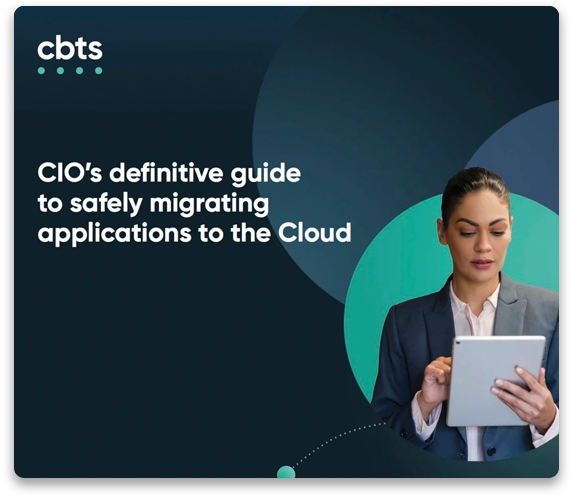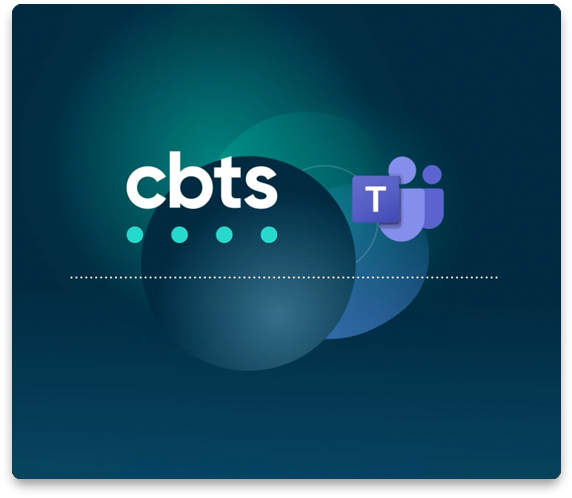
Telehealth and telemedicine aren’t new concepts, but emerging technologies and robust networks mean they can be implemented more easily and effectively.
However, there are still challenges to adoption and effective deployment, especially for government-supported initiatives. Key hurdles include budget constraints, siloed IT departments, and organizational structures that traditionally haven’t had to work together. To solve these problems, governments at all levels, in collaboration with community organizations, are turning to their technology partners.
Tim Lonsway, Regional Director at CBTS, works with many state and regional governments to adopt telehealth and telemedicine technologies. Adoption is growing, but there are still growing pains.
What is the state of telehealth today, and what’s driving it compared with a decade ago?
There’s private healthcare, but there are also hooks all over the place with education, higher education, and then, of course, government activity, because governments have hospitals. They do healthcare activities and health services. There are other opportunities such as addiction services and corrections facilities care for individuals, and even out into rural K-12 schools, where it’s hard to get nurses.
There are federal or state requirements that require a certain amount of capabilities to service the constituents of a given community. It’s exemplified by the fact that the federal government is funding certain programs to implement telehealth solutions into those rural areas to provide some additional help, or even in urban deserts where it’s difficult to attract and maintain a workforce.
What are some of the newer technologies that are helping deliver on these mandates?
It can be as simple as a laptop with a camera, a microphone, and an internet connection. But you still need the software and the software packages behind the scenes. You must document changes because ultimately there are compliance rules. Hospitals do a lot of collaboration and sharing of information, and they leverage a lot for training.
It’s really the ability to use, store, and share anything over a distance. You’re taking your entire hospital capabilities and putting them in the palm of your hand with mobile devices, laptops, and tablets.
Are there still technological challenges given the bandwidth available to remote communities, or do we have all the pieces?
The pieces are there. It’s the distribution of the capabilities that is always going to be a challenge, and the consistencies of the deployments. There are other technologies that may suck away bandwidth from those mission-critical life-saving activities. And then it’s the deployment of the individual technologies. Do the applications feed back properly into the various systems? Did you deploy the technology properly so it’s sustainable and supportable?
And you go into some of these smaller areas with these great ideas, like with K-12s, where you’re putting big kinds of multiple video box, all-in-one monitor, speaker, camera, keyboard, into a school, and the technology just sits there. And then, of course, there’s the quality of the individual implementations once you get out to remote and rural areas.
What are the key challenges for governments looking to support telehealth aside from budget constraints?
The biggest challenge is multiple governments or entities or agencies. Better end user services are different than mental health and addictive services, for example. It’s different than youth corrections facilities or adult corrections facilities. You not only have administrators and policy makers at the top, but your technologists within each of those silos. They all have different challenges and they create their own organizations. There’s lots of overlap. But those are starting to consolidate. It’s about the money, but it’s also about the inefficiencies of how the money gets allocated and distributed to deploy technology.
How are governments looking to technology partners like CBTS to solve these challenges?
The trend away from doing individual siloed work has really been going on for about 10 years, and has gotten a lot of traction over the last five or six years. The IT partner comes in and says, “We’ll take those basic infrastructure services off your plate. We’ll worry about compliance and adoption and availability, security vulnerabilities, bandwidth constraints, computing constraints, resource management, all that stuff. You can focus on the business of treating cases or educating students or whatever it is you might be doing.”
That’s really where the partnerships come together. They help governments focus further upstream and break down those silos.
How beneficial are emerging technologies and “as-a-Service” models for deploying them?
In these environments, they may or may not have an enterprise network. Plain internet connections aren’t secure or robust enough to handle the traffic. The ability to leverage software-defined networks to prioritize the traffic and create what looks like an enterprise network meshes it all together and creates the right environment.
Network-as-a-Service or compute-as-a-service, storage-as-a-service, SD-WAN, even wireless LAN-as-a-service enables organizations to basically create line items on their monthly invoice at a consumption level. You can predict it, you can plan for it, you can budget it. Those types of services are tremendous for government. The adoption of partnerships are there and they’re continuing to expand and grow.




















